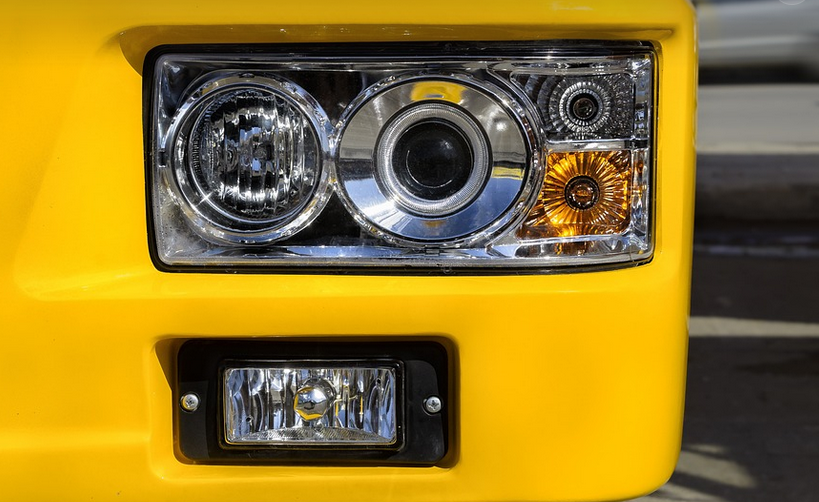The Scientific Method: Your Toolkit For Success
Ever felt lost in a sea of research? Like you’re wading through endless data, trying to find the truth? Well, fear not, intrepid explorer! The key to unlocking scientific understanding lies in a structured approach called the scientific method. It’s your compass for navigating the exciting world of experimentation.
Think of it like this: imagine you’re building a ship to cross an ocean. You wouldn’t just jump into the water, right? You need a plan, a blueprint, and basic understanding of things like currents and tides. The scientific method is your shipwright’s guide – it ensures your experiments are well-designed, efficient, and ultimately successful.
Let’s break down this essential framework:
Breaking Down the Scientific Method
The scientific method is often broken into several key stages. It’s like a recipe for success in the lab. Here’s how you approach each step:
1. Question Time!
Start with your curiosity! What question are you trying to answer? This could be anything – from “Does coffee help me focus?” to “Which type of soil supports plant growth best?” This initial spark of inquiry is the foundation of your scientific journey.
2. The Brainstorming Phase:
Now, it’s time for some brainstorming! Come up with a few potential hypotheses – ideas that might answer your question. Think about what you think might happen based on existing knowledge. Don’t worry about the ‘perfect’ hypothesis just yet; start exploring different possibilities.
3. Design: The Blueprint of Your Experiment
This is where things get exciting! You need a plan, a blueprint for your experiment. Your design should include:
- Variables: What are the key elements you’ll be measuring? Think about your independent variable (what you change) and your dependent variable (what you measure).
- Control Group: This is like a baseline for comparison. It helps you isolate the effects of your changes.
- Experimental Group: This group experiences your changes, providing the “evidence” to test your hypothesis.
- Data Collection: How will you measure the outcome? What tools and methods will you use? It’s like setting up a recording device for your experiment.
4. The Act of Experimenting – Put Your Plan in Motion!
Now, it’s time to put your plan into action! Gather materials, follow your design meticulously, and observe the results. This is where you see your ideas unfold.
5. Data Analysis: Making Sense of the Mess
Finally, the analysis stage! Once your experiment runs, it’s time to crunch the numbers – what do you find? Look for trends in data and plot graphs to visually represent your findings.
6. Interpretation – The Big Picture
Now comes the fun part! Interpret your results. Did your experiment support or challenge your initial hypothesis? How does your data fit into existing knowledge about this topic? You’re on the verge of answering a real-world problem.
7. Conclusion – Summarizing Your Journey
Take your findings and summarize them in a clear, concise way. What did you learn from this experiment? How does this answer contribute to our understanding of the world? Write it down like you are writing a story about your experiment.
Experimental Design Worksheets: Your Answer Sheet to Science
Now that we’ve covered the basics, let’s talk about experimental design worksheets. These can be invaluable tools for aspiring scientists!
Why? They help you organize your thoughts and ensure you’re designing a robust experiment.
Here are some essential aspects to consider when using worksheets:
- Variables: Clearly define what variables you are investigating, including the independent variable (the factor you change) and dependent variable (what changes due to that change).
- Control Group: Create a control group for comparison. This will help isolate the effect of your experimental changes.
- Experimental Group: Outline how you will manipulate the independent variable in this specific group, ensuring consistency.
- Data Collection: List the specific tools and methods you’ll use to measure your outcome variables.
Experiment design worksheets make life easier for aspiring scientists!
Your Experiment Is a Journey, Not a Destination
Remember, experimentation is a journey of discovery, not just a destination. You might face unexpected challenges along the way – that’s normal! However, keep in mind:
- Flexibility: Be prepared to adjust your experimental design as needed. Unexpected discoveries can happen!
- Iterative Process: Don’t be afraid to try different approaches and refine your process
- Keep Exploring!: Experimentation is about exploration – the joy of asking “what if?” and testing our ideas.
